Who is DaGrin?
DaGrin was a Nigerian rapper and songwriter. He was known for his unique style and impactful lyrics.
DaGrin cause of death.
DaGrin passed away at the age of 22 on April 22, 2010, as a result of injuries sustained in a car accident in Lagos, Nigeria.
Dagrin Biography, Age
Oladapo Olaitan Olaonipekun, also known as Dagrin (21 October 1987 – 22 April 2010), was an award-winning Nigerian rapper from Ogun, Nigeria. A film of his life entitled Ghetto Dreamz was released in April 2011.
Dagrin’s home was in Meiran, Alagbado, Lagos. His style of rapping incorporated Yoruba, English and Pidgin English. In 2010 he was nominated for the Nigerian Entertainment Awards for Best Album (C.E.O.), Hottest Single “Pon Pon Pon”, Best Rap Act and Best Collaboration with vocals.His album C.E.O. (Chief executive Omota English: Chief Executive Gangster) won the Hip hop World Award 2010 for best rap album.
From it came the singles “Pon Pon Pon”, and “Kondo”. Dagrin worked with other Nigerian artists such as Y.Q, 9ice, M.I, Iceberg Slim,omobaba,terry g,code,MISTAR DOLLAR, TMD entertainment, omowumi, chudy k, Bigiano, and Konga. He associated with music producers like Sossick, Dr Frabz, Sheyman, and Frenzy.
The Beginning
In the beginning of indigenous rap in Nigeria was Dagrin, he came, spoke his truth, and left. Music, they say communicates the experiences of people and the reality of the musician/rapper, this Dagrin was able to do as a rapper.
In the age where there were lots of rappers but few to succinctly pass across the experiences of Nigerians in Yoruba, Dagrin came forth. Few people make history and Dagrin joined the leagues of those who left their footprints in the sand of time.
Barrack O’ Grin as he is popularly called started his music career in 1994 and died in 2010, he paved way for so many people to find their voices in the genre of indigenous rap and till now, he is still relevant.
His relevancy can be traced to how he distinctively connected to the street, predicted his death, rapped about his hustles and these he religiously did for 16 years with no disconnectivity.
A breakdown of his lyrics below shows how rap can be autobiographical and probably how if rappers can make their music more substantial, they can also make history like Dagrin.
Dagrin as a hustler
Many rappers talk about how they battled with poverty before being successful. This shows the issue of struggle is not only a Nigerian reality, even in raps of international rappers like Lil Wayne, Cardi B to mention a few, this thematic preoccupation is also prevalent.
Often the reason for this is so that most people will be to relate to the struggles of the rapper especially in a third world country like Nigeria.
Dagrin is not left out of this league as he rapped about his struggles on the street, his hustles and how these struggles impacted him to be who he was.
When you listen to his music, you can actively describe his personality, relate to his experiences. This inclusion in experience and realities inscribe his raps in the listener’s memory.
Taking a close look into the visual of Pon Pon Pon a song in his album called C.E.O, it can be said that he used places like Mushin to indicate his affinity with the street. For him, it was not just music, it was a music detailing his experiences.
The men and women featured in the video and the setting indicate the crudity that could be a part of Lagos. The acts in this visual depict the daily life of a typical Lagosian. This shared feeling of the same experience makes the fans keep listening to him.





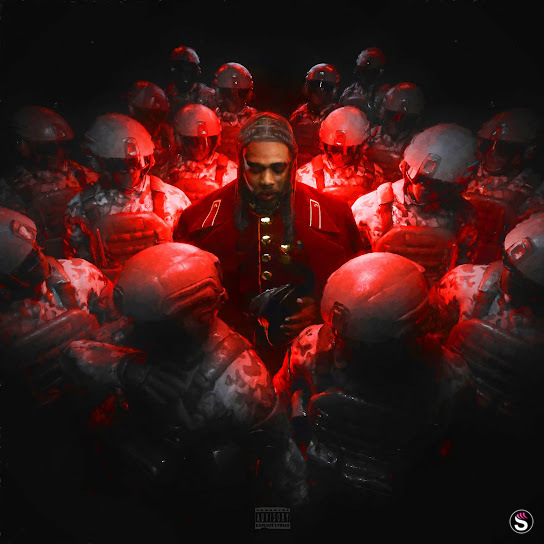
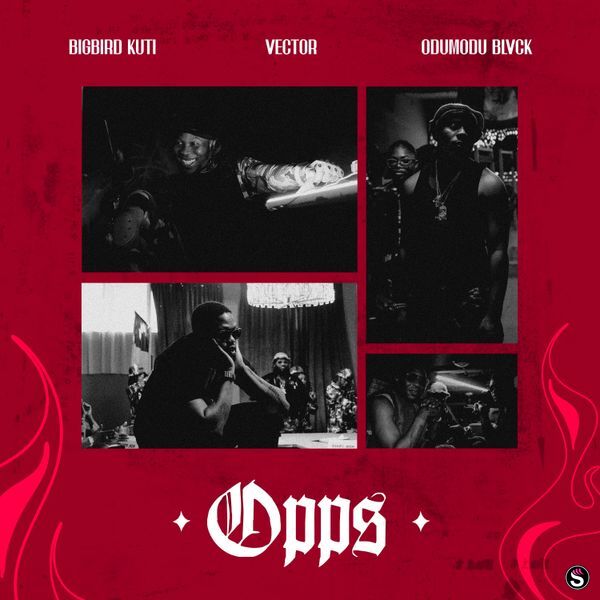
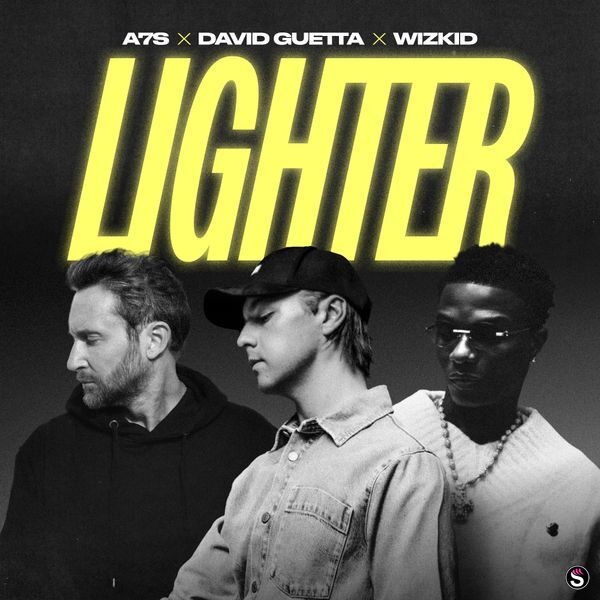
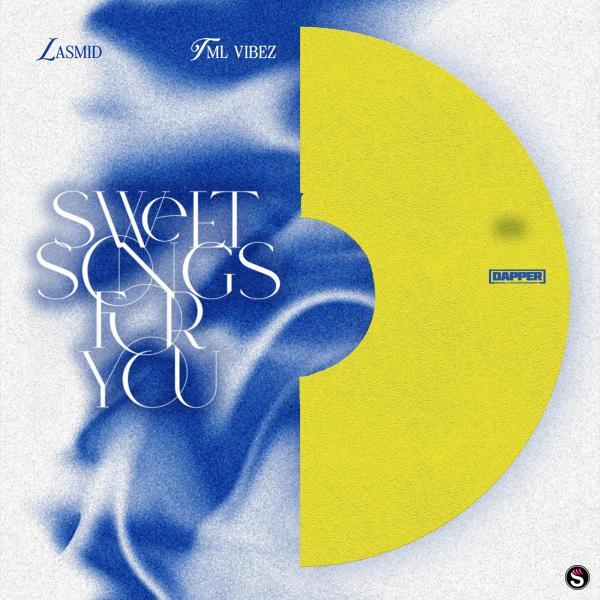

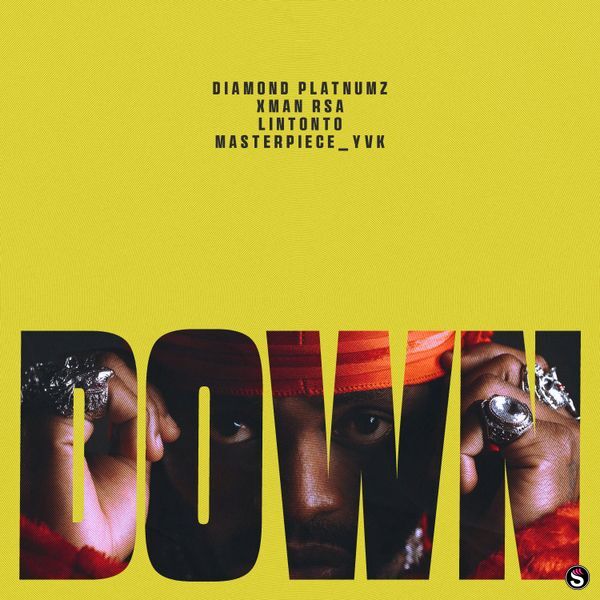
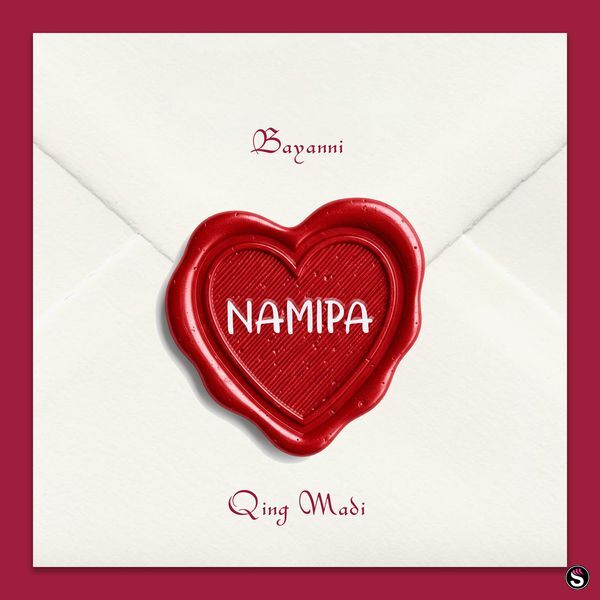
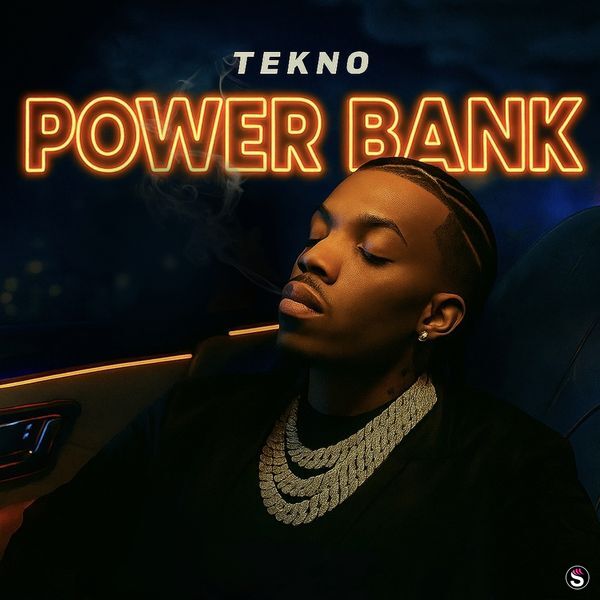

Drop Your Comments (0)